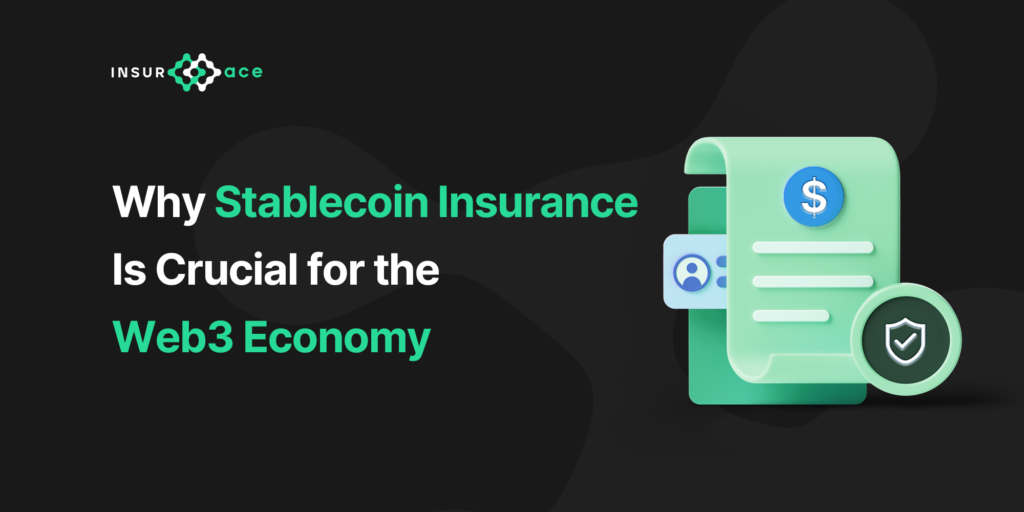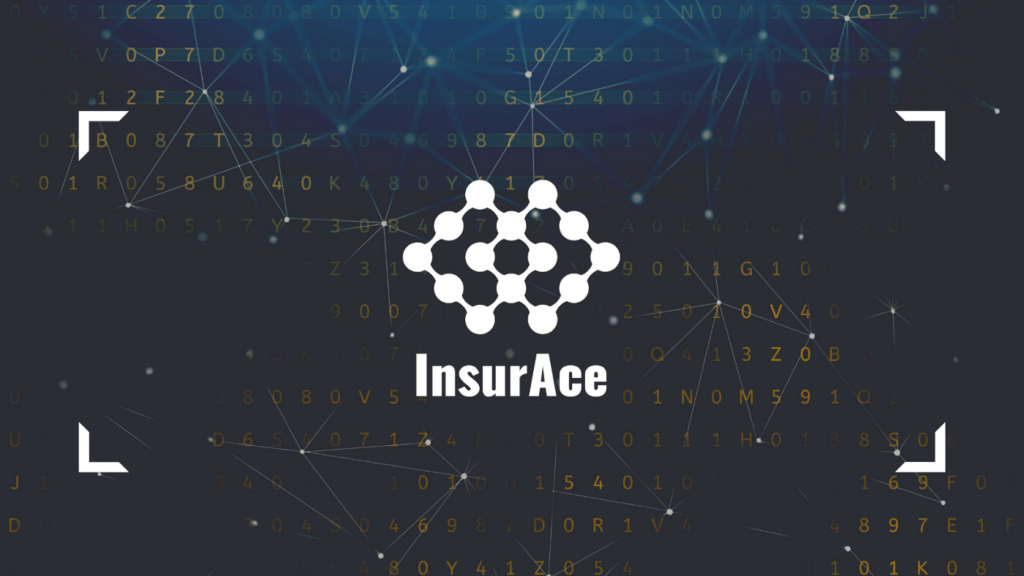Stablecoins are the gold coins and cowries shells of the modern web3 economy. They serve the classic role of money —as a unit of account, store of value and medium of denominating payment terms for the financial products and services in the Web3 economy.
Today, stablecoins represent about ~15% of the global Cryptocurrency MarketCap. Meaning that the fundamental role of stablecoins in the blockchain industry cannot be discounted by any measure.
However, it would be foolhardy for any web3 enthusiast to ignore the vivid risks that are associated with them. Over the last 2 years we have witnessed the potential systemic effects and far-reaching benefits that stablecoin poses to the decentralized web3 financial economy.
From drastic cases of de-peg to recent cases or regulatory squabbles, Stablecoins pose major risks in the long road towards achieving the vision of a truly decentralized Web3 economy that is fully-adopted by billions of users across the world.
In this article, we will discuss the importance of Stablecoin Insurance to the long-term sustainability of the web3 economy as well lead-role that InsurAce has played in the sector in recent times.
TL:DR
- Types of Stablecoins
- The Stablecoin Trilemma
- Risks Involved With Stablecoins
- How InsurAce.io is Impacting Web3 With Stablecoin Coverage
- Why Stablecoin Insurance is Important
Types of Stablecoins
Stablecoins are cryptocurrencies that have their value pegged against some specific assets that have relatively stable prices such as the US Dollar or other fiat currencies. And broadly speaking there are 2 main classes of stablecoins
- Centralized or Fiat Collateralized Stablecoins —
Fiat-collateralized stablecoins are currently the most widely adopted variant of stablecoin in the web3 econom. Typically, central issuing organizations back them up with reserves that consist of Cash equivalent, regulated Securities and money market assets denominated in a specific fiat currency. Alternatively, it can also be backed basket of currencies i.e. Euro, GBP, or the US Dollar.
The 1:1 ratio peg implies that one unit of stablecoin would be equal to one unit of the reserve currency. The most popular examples of centralized stablecoins are USDT, USDC and BUSD.
- Crypto-Backed or Algorithmic Stablecoins
Algorithmic stablecoins, sometimes called crypto-collateralized stablecoins, are a quite unique category of stablecoins. Typically do not have any concrete Cash reserves or collateral backing them, instead, they rely on a basket of multiple crypto-assets and/or algorithms enforced by smart contracts to simulate and enforce the rules of demand and supply. Some popular examples are DAI issued by MakerDAO and MIM token.
Algorithmic stablecoins are the most susceptible to risk of depeg or a bank-run. Recent examples of Algorithmic failure are Iron-Finance’s Titan Token and Terra UST. However on the upside, they offer the highest level of decentralization and capital efficiency.
Each of these classes of stablecoins carry a different set of features, qualities and inherent risks as encoded in the concept of the Stablecoin trilemma.
The Stablecoin Trilemma — Peg Stability – Decentralization – Efficiency
While the most prominent Stablecoins —USDC, USDT and BUSD are issued managed centralized bodies like Circle, Tether and Binance respectively, Algorithmic stablecoins in theory have their supply managed by smart contract-based algorithms and monetary stabilization policy governed by a dedicated non-custodial DAO.
In practice, we can describe Algorithmic stablecoins as a token that facilitates on-chain value transfer, non-custodial and is run by a Decentralized Autonomous Organization (DAO). Essentially, algorithmic stablecoins ensure that Web 3 users can access permissionless financial services without the intermediation of centralized organizations in crypto markets that are globalized, and most importantly censorship resistant.
Algo-stablecoins are lauded as fully-decentralized and censorship resistant. This is because unlike Centralized stablecoins that are systematically tethered to the TradFi banks and public regulators through their reserve assets in form of fiat deposits, cash, bonds and other regulated securities —Algo-stablecoins are typically backed by an auto-balancing sister token or a basket of other non-regulated cryptocurrencies.
This makes it virtually impossible for governments and regulators to effect arbitrary sanctions against its holders and investors like they are able to do if they chose to de-bank or seize the assets of Centralized stablecoin issuers.
Importance of Stablecoins

Risks Involved With Stablecoins
- De-peg
Stablecoins famously run the risk of “De-Peg” events. Arguably, this is the biggest concern for most investors. Some Stablecoins are more susceptable to this than others.
A De-Peg occurs when the stablecoin loses the price that it is supposed to maintain relative to another asset. Historically this has been the US Dollar, however there are many other stablecoins including those pegged to the Euro and other assets.
De-Peg events can happen for a number of reasons. Usually due to the faith in the coin due to supply or collateralisation of the underlying asset. For example it is well known that USDT is undercollateralised which could result in a De-Peg event. Likewise, in the case of Algorithmic Stablecoins which control the supply and demand through the minting and burning of other assets to maintain the price, there may be systematic weaknesses that inevitably lead to De-Peg events, just like in the case of $UST in May 2022.
- Liquidity Crunch
As touched on previously, there can be an issue with liquidity backing stablecoins. Typically this is not an issue until large capital moves against the market at the opportune moment. This market manipulation can force the price of various assets including stablecoins to move significantly and the result can end in the stablecoin itself De-Pegging. This can either be due to a liquidity issue on exchanges, undercollateralisation of the asset itself, or from large calls on DeFi withdrawals or exchanges, forcing the price of the stablecoin to devalue until there is sufficient liquidity added back into the system.
- On-ramping & Off Ramping Inefficiencies
An example of these liquidity crunches can be from on and off ramps for the stablecoins. These are the direct exchanges from FIAT to Stablecoins and back again. They have the same liquidity issues on both sides of this transaction and therefore have the same risks when it comes to larger quantities being required for individual transactions. Whilst historically this has not been problem for the space, it is nevertheless an important one to keep in mind when using and trading stablecoins.
- Regulatory Ambiguity — Threats posed by CBDCs
Regulation is a concern for all aspects of web3, Stablecoins are no different. There are beginning to emerge some regulation against Stablecoins and in particular Algorithmic stablecoins. Some believe this to be due to the rise of governments looking to implement CBDCs so that they can have more control over the markets.
With the rise of these CBDCs, this may lead to increased regulation against the use of decentralised stablecoins in favour of their more centrally controlled assets, or even the ability of the issuing entity to be able to buy collateralising assets like currencies or bonds to secure their liquidity.
How InsurAce is Impacting Web3 With Stablecoin Coverage
As one of the few protocols offering protection against Stablecoin De-Peg events, InsurAce.io has given its users an extra layer of protection against these risks. In fact, InsurAce paid out $11.7 million to 155 victims of the $UST De-Peg event in May 2022. This was the largest payout of its kind in Web3, and proved the concept of DeFi insurance. The whole claims process to payout took less than a month and was the most important use case of DeFi insurance to date.
Our coverage now includes USDT, USDC, BUSD, and MIM cover, with users able to protect themselves against future De-Peg events from as little as 0.08% per month… completely on-chain.
Why Stablecoin Insurance is Important
Stablecoin cover is an essential tool for the progression of Web3. It can help to protect users against catestrophic events, where there is no other option to recover lost assets. It will form an important part of the web3 system to protect individuals against losses, and eventually expand to be able to cover entire stablecoin distributions. Protocols are already working on combined security systems to enhance the risk protection for stablecoins.
On an individual user level, it can give peace of mind to investors who may be concerned about their stablecoins whilst they use them in DeFi. It can be a powerful combination to protect assets against De-Peg events in combination with Smart Contract Cover. This enables for fully insured investment strategies. This level of safety can also help to attract new users, in particular institutional capital that will be looking for safer methods for investing into web3.
Another side effect of having these types of cover in place, is that regulators, governments and other large institutions may begin to form regulation around Stablecoins in a more favourable manner if there are protection measures in place.
Final Words.
Stablecoins are an important part of the Web3 ecosystem. It’s very hard to get into web3 without using stablecoins at some point during the discover of crypto and web3, and the benefits go far beyond the psychology of being able to recognise assets against FIAT currencies.
But with those benefits also arise the risks. The main one of which is that the stablecoin may De-Peg for any number of given reasons. These risks will not be soon forgotten following the De-Peg event around $UST back in May of this year. But there are ways in which investors can protect themselves against these risks. De-Peg cover is available from Decentralised Cover protocols like InsurAce. Protect your assets now at app.insurace.io


